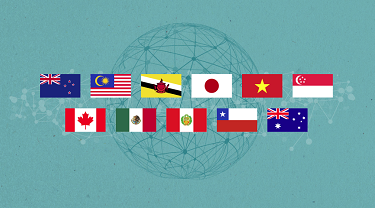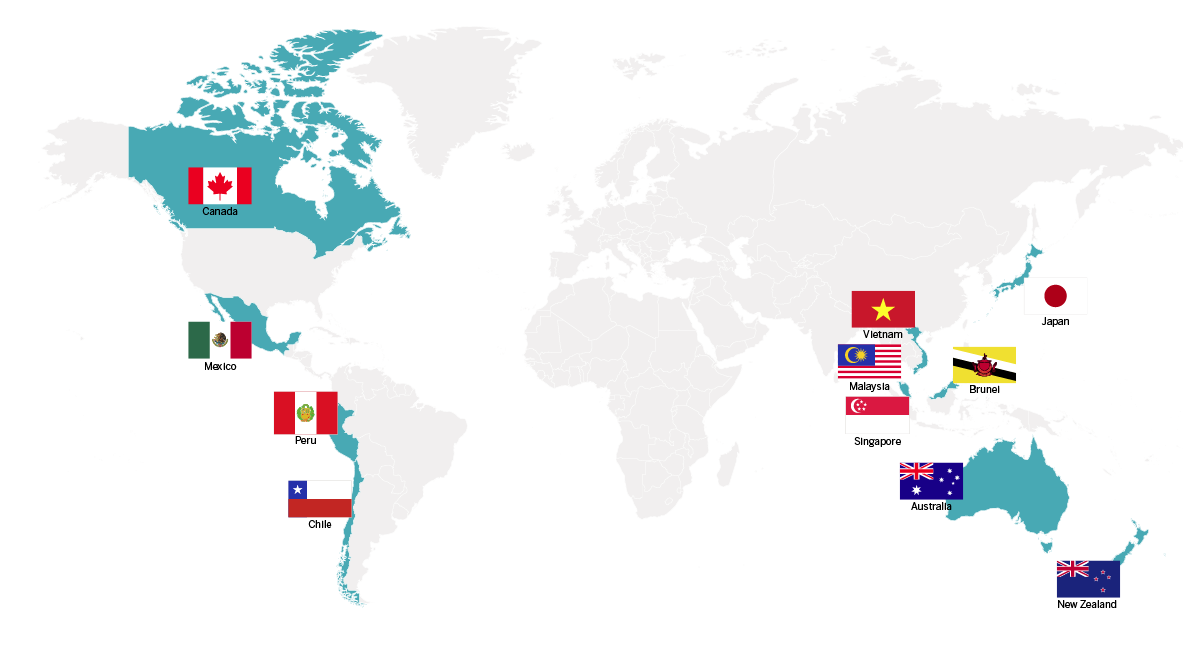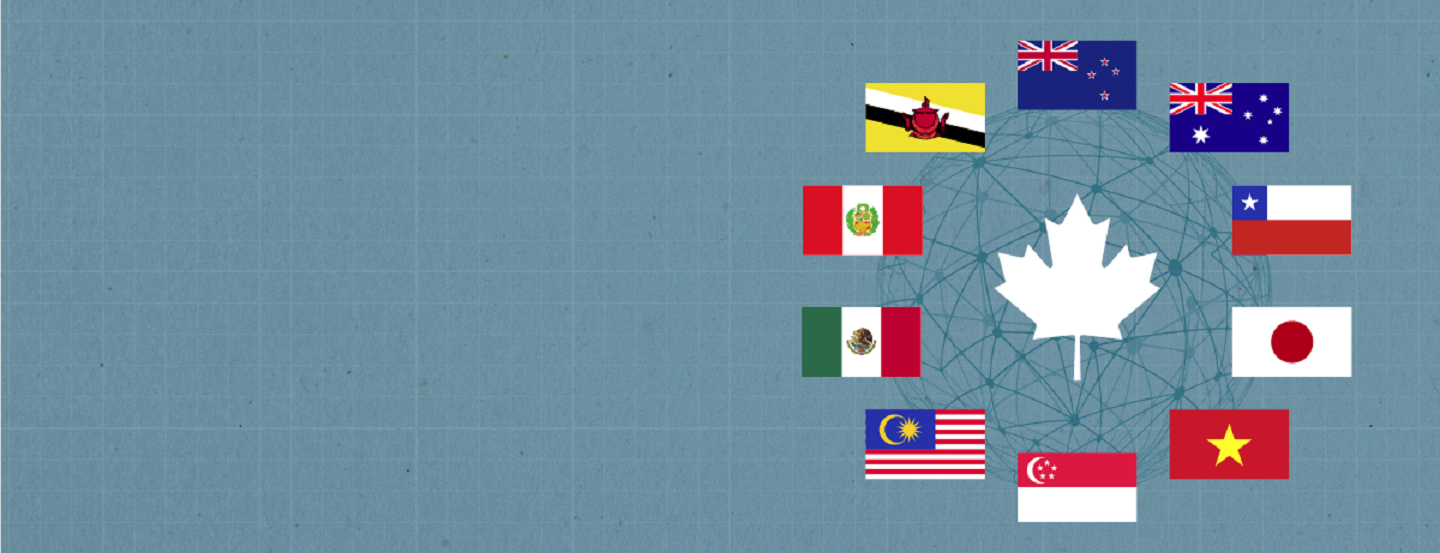The CPTPP is expected to increase the Canadian economy by $4.2 billion due to the preferential access to 10 countries, according to Stephen Tapp, Deputy Chief Economist at Export Development Canada (EDC).
Motria Savaryn-Roy, an economist with EDC’s Economic and Political Intelligence Centre, says the agreement will give Canadians more opportunities for diversification of their exports and investments.
“It offers a partial counterweight to reliance on the U.S. market,” Savaryn-Roy says. “It puts us in a unique position with access to the world’s major trading blocks – we have the U.S. and Europe already and this gives us much of Asia, too. Currently Canada only has one free trade agreement in Asia, in South Korea – so this really expands the opportunities there. Exploratory talks also involve China and India.”
Gustavo Galvis, EDC’s Chief Representative for the Andean region and Central America, says the CPTPP agreement is ambitious.
“With the number of potential new customers and the size of the economies of these countries, there’s a lot of potential for Canadian companies, particularly in the Pacific Rim,” says Galvis.
Although trade agreements offer preferential access, they also come with challenges. Signatory countries now have access to Canada’s domestic market, too.








